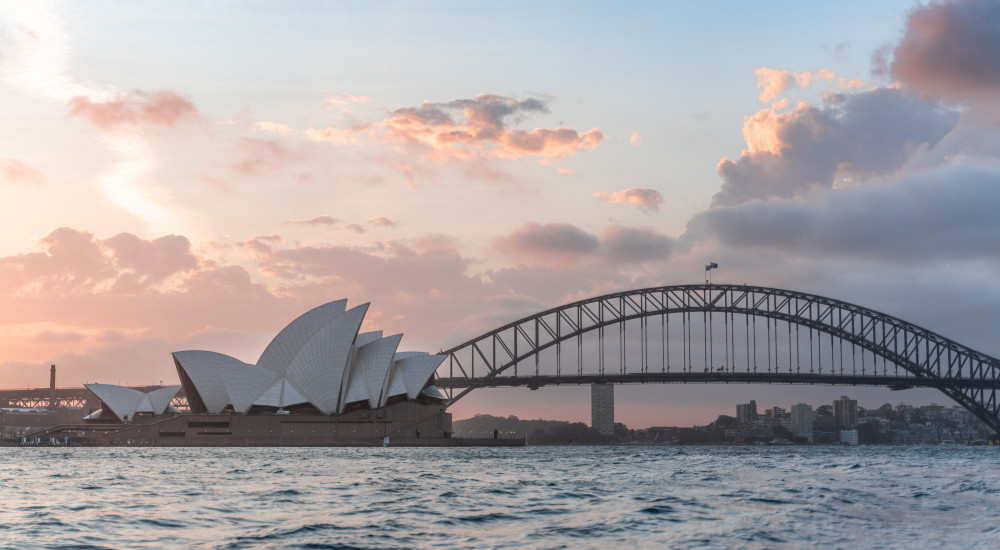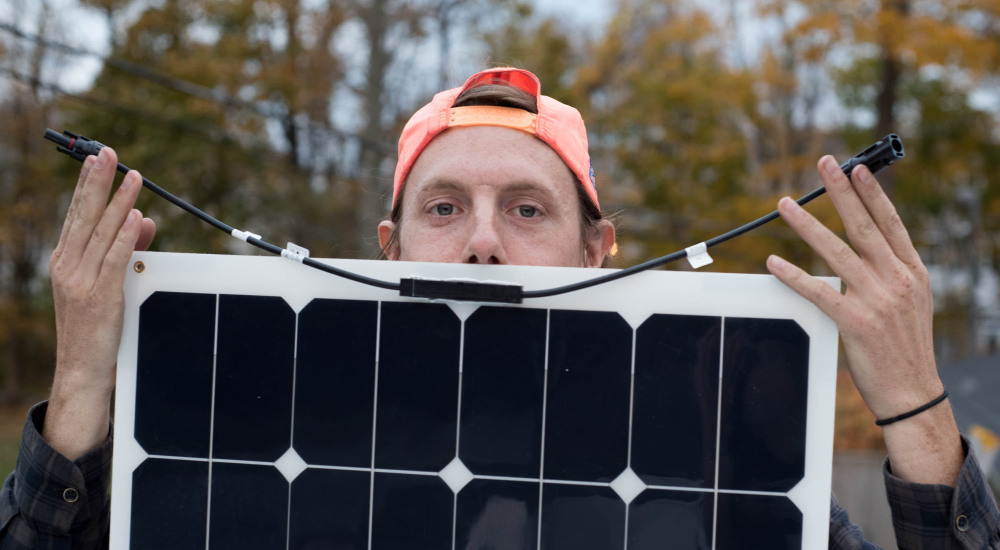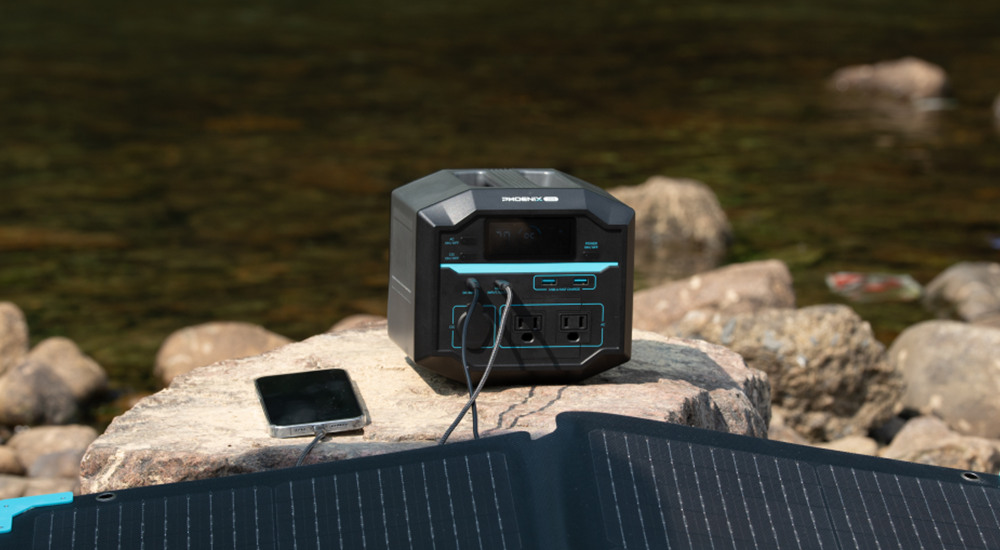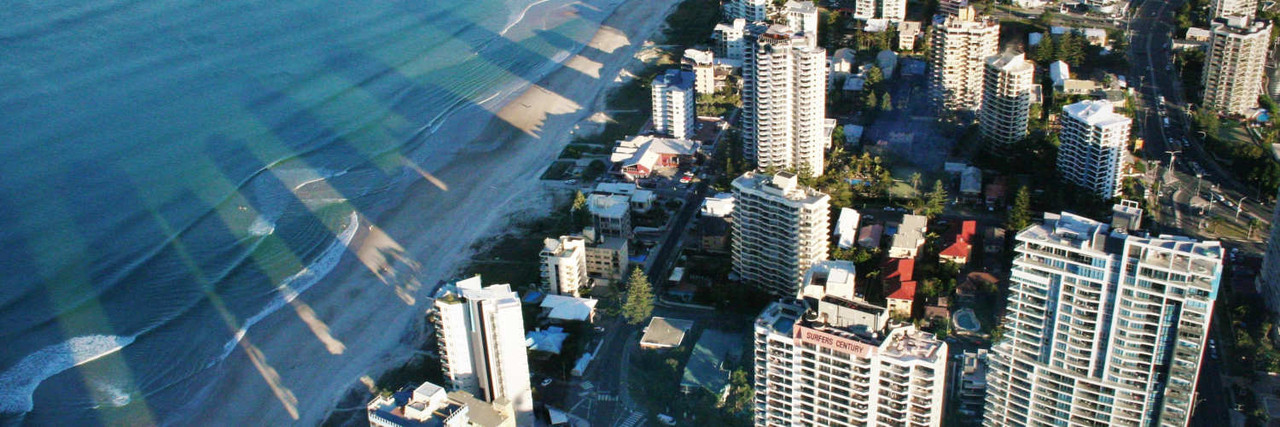Off-Grid Living Australia: 7 Things You Can Follow
Off-Grid Living Australia: 7 Things You Can Follow
The quiet of the sun setting on an open plain, the security and awe of looking up to the sky at night and spotting one of the brightest celestial bodies in space: The Milky Way. These are some of the simple pleasures that can be enjoyed if you decide to become "off-the-grid" or off-grid in Australia. Aside from giving you more time to focus on yourself and your loved ones, becoming 'off-the-grid' also reduces your monthly bills and has a positive impact on Mother Earth.
Off grid living in Australia is a lifestyle, one that has seen a strong surge in popularity in recent years due to the rising cost of living, public health concerns, and unfettered population growth in cities across Australia. However, before you decide to sell your worldly possessions, pack up your SUV, and head out into the remote areas of the country, there are a few areas of concern you should consider – legal issues, costs, locations, power generation, as well as food, water, and strategies for getting the most out of your new home.
Below we cover seven of the top questions, tips, and things to follow when deciding to start living off the grid in Australia.
Table of contents:
- Can You Live off the Grid in Australia?
- Where in Australia Is the Best Place to Live off the Grid?
- What Are the Benefits of Living Off-Grid in Australia?
- What Are the Drawbacks of Living Off-Grid in Australia?
- Off-Grid Power in Australia: Solar Energy
- How Much Solar to Live Off Grid
- Off Grid Solar Systems & Batteries
- Living off the grid In Australia
Can You Live off the Grid in Australia?
Per the Australian government, only two per cent of the country’s population lives off the grid. But, over six per cent of the electricity generated in the entire country originates from these remote or far-off locations. Off-grid living Australia is 100% possible, especially considering that some parts of the country receive more than 8 to 11 hours of sunshine each day throughout the whole year.
However, just because Australia is one of the best places to live off the grid, doesn’t mean there might not be certain legal challenges to do so. Here are two of the top legal considerations to ponder prior to starting your off-grid journey:
- Local regulations regarding off-grid power generation
- Local regulations about home building, zoning, and/or off-grid construction permits
- Possible government-provided rebates or incentives to go off the grid
Keep in mind that while there are some areas in the country that don’t have much in the way of construction regulations, these regions are typically extremely remote (even for off-grid standards), which most experts agree isn’t an ideal situation for building a home, raising a family, or living on your own.

It’s recommended to settle for an area that is at least within driveable distance to a town, healthcare facility, school, and other critical services (especially if you plan on taking your family with you). This raises another pertinent question – where are the best places to live off-grid in Australia?
Where in Australia Is the Best Place to Live off the Grid?
Two of the top factors that go into choosing where in Australia to start your off-grid life revolve around land and regulations – where is the best land for sale and what are the regulations for off grid homes? What about going off-grid in the city?
Living off the grid in Australia doesn’t require you to hike into the outback and live 400 km from the nearest town. In fact, there are numerous areas of the country that are great options for off the grid living – try choosing your area based on the following criteria:
- Consistent and clean water supply
- Favourable weather conditions
- Within driving distance to necessary public services (whether that’s a few hours or days is up to you)
- Agreeable local zoning and construction regulations
- Decent prices on land for sale
If staying in the city sounds better than living in a more remote area, going off-grid is certainly possible – it just might come with some additional obstacles to achieving true off-grid status. Achieving true energy independence, while maintaining all of the creature comforts of the city, can be challenging (which is why many off-grid enthusiasts opt to move to more remote regions).

The south has many areas that fit the bill, but there are regions all over Australia that offer people a good location to restart, refresh, and go off the grid. There are even established communities that are fully off-grid, such as Chewton Bushlands (which has been doing the off-grid lifestyle for 50+ years). Choosing which specific location comes down to performing some careful research – use the factors posted above to jumpstart your decision-making process.
Before you jump start living off-grid using solar panels, here are 10 solar myths you might want to know.
What Are the Benefits of Living Off-Grid in Australia?
There are countless benefits to living off-grid in Australia. Better environmental impact, lower energy costs, increased freedom, and a higher connection with nature are just a few of the more common advantages. In addition to these benefits, there are a host of other perks in the off-grid Australia lifestyle:
- Off-grid solar systems are becoming much more affordable
- Independence from the national grid and total energy freedom
- Long-term cost savings from self-generated power
- Drastic decrease in energy waste
- Optimized carbon footprint
- Higher sense of self-independence and self-reliance
- Improved sustainability

Before making any important decision, it’s vital that you weigh the advantages and disadvantages – especially when it comes to making a major lifestyle change like off-the-grid living.
What Are the Drawbacks of Living Off-Grid in Australia?
Living off the grid in Australia sounds like a dream, but there are several potential drawbacks to consider as well. The majority of the lifestyle’s potential negatives mostly revolve around energy and startup costs, below we highlight some of the major factors to take into consideration:
- Energy and utility generation requirements must be carefully calculated, with electricity, water, and wastewater being the primary areas of concern.
- Startup costs can quickly add up – buying land, off-the-grid solar systems, paying a construction company to build or renovate a property, and installing the power system can all translate to a sizeable upfront investment.
- Changes in lifestyle – living off the grid in Australia means making certain sacrifices to what you may be used to (energy usage, conveniences of being on-grid, less reliance on certain public services).
Off-Grid Power in Australia: Solar Energy
Solar power has been increasing in popularity for several years in Australia, due to lowered hardware costs, heightened global adoption of solar energy, and a strong push towards lower carbon footprints. Naturally, solar power for off-the-grid living in Australia is the top method for self-power homes – but solar systems can be complicated, so we’ve detailed some of the top considerations to take into account in the context of off-grid power.
How Much Solar to Live Off Grid
Generally speaking, the average home will require a 7 kW solar panel system (minimum) coupled with a 35 kWh battery system. Use a solar power calculator to determine the specific requirements of your property.
Compared to city living, the more remote areas of Australia offer homeowners and potential off-gridders the chance to drastically lower the time it takes to earn the cost of their solar system installation back. Lifestyle choices, the size of your system, and weather conditions all contribute to how much solar it will take to live off-grid in Australia. Another key aspect to consider is the leveraging of off grid solar batteries, which can dramatically increase the efficiency of a system.
Off Grid Solar Systems & Batteries
Off the grid solar systems utilize solar panels to harness the power of the sun’s energy, converting it into usable electric power for your entire home or property. There are six essential parts of an off-grid solar system, which you can find sold packaged together as a DIY kit:
- Solar panels (collect and turn UV rays into raw electricity)
- Off-grid solar batteries (stores power for later use)
- Charge controller (regulates voltage and current from the solar battery)
- Inverter (converts raw DC electricity into usable AC electricity)
- Cables (connect and integrate the system)
- Mounting equipment (for installation)
Off grid solar system packages with batteries can be found from numerous retailers, ranging in cost from $18,000 to $75,000 depending on the number of panels, battery type, system size, etc. DIY off-grid solar power kits Australia provide off-gridders with the chance to purchase all of the required equipment for their solar system at a bundled price, which is typically less expensive (and less difficult) than buying each component separately.

(solar generators are perfect backup power for off grid living)
Guess you might want to know more about solar panels, here is a Beginners Guide to Solar Panels for your reference.
Living off the grid In Australia
Whether your goal is to go off-grid in the city, a suburb, or move to a remote region and start a simpler life – going off the grid lowers your carbon footprint, lowers your energy costs, and in the long term, provides you with total energy independence.
Australia is one of the best countries in the world for using the power of the sun to become energy independent, but remember that there are numerous aspects of off-grid life to consider other than solar, such as wastewater management, sourcing water, and dealing with government regulations. This blog covered the basics of living off the grid in Australia, and we recommend looking into each topic in more detail to gain a thorough understanding of off-grid life in Australia.
If you are in need of more details about how to live off the grid in Australia, Renogy will be the best place for you to get off-grid advice. More than that, we also offer a wide selection of monocrystalline solar panels, pure sine wave inverters, MPPT charge controllers and lithium iron phosphate batteries, each of which is the best of its kind for complementing a high-performance solar panel system.
Related articles:
Everything You Need to Know About Solar Energy & Solar Batteries
Is a Solar Panel Starter Kit All I Need to Get Started in Solar?
Solar Panel Incentives and Rebates in Australia








